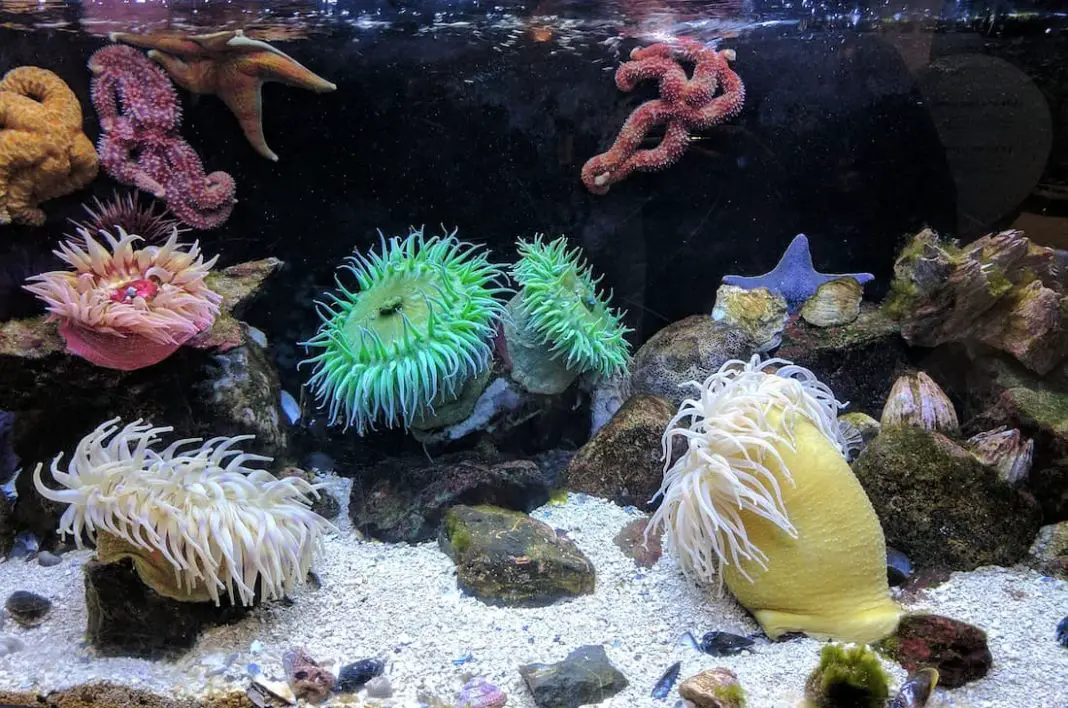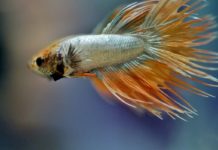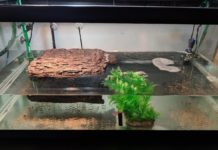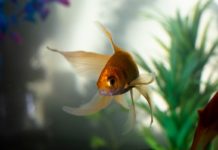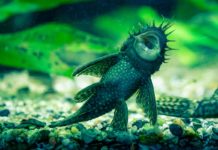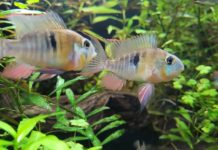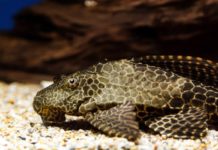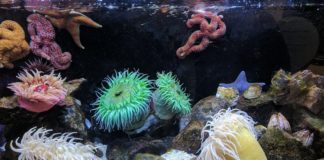How Fast Do Acans Grow?
The speed at which acan corals grow depends on their environment, however, corals are one of the slowest growing organisms. Given their timely growth, they’re also one of the oldest habitats in the oceans today with traces of the first coral appearing over 500 million years ago.
Acans that grow fast can start to grow new heads at around 1.5 to 2 months.
The Main Factors Of Growth
It’s relatively unexplained why the growth cycle takes so long. However, it’s largely due to the substantial amount of energy it takes for an acan coral to grow its skeleton. An acans skeleton is vital to survival by protecting the coral animals from predictors while also providing substrate to which other free-swimming corals which can attach themselves in order to expand.
Once the acan coral polyps have attached themselves to a hard surface within the tank, they will secrete their skeleton from the underside of its skin. The skeleton is conveniently made up of the calcium and carbonate that are already in the water.
The success of an acans coral growth is also largely determined by its surroundings. Acans thrive in water temperatures, generally between 72 – 78 degrees Fahrenheit. They also prefer good sunlight and benefit from an environment that’s closer to the water’s surface where they have access to the filters of sunlight on their symbiotic algae.
How To Speed Up Coral Growth?
As previously mentioned, two of the most important factors to the acans survival are temperature and salinity (the saltiness of a body of water). Providing your aquarium with the ideal suggested amounts of these will all aid in the healthy growth of the acan coral. Nevertheless, this will not necessarily increase the growth time. So, below are some ways that can help to speed the process;
Higher pH level and increased light exposure
While a lot of aquarium fish can adjust to different levels of pH, the acan coral needs a higher level to grow at a normal rate. A well-known technique for this is to use ‘light enhancement calcification, which is a phenomenon for building aquarium reef corals.
By having increased exposure to light, or an increased light brightness, the acan coral will create a higher level of pH condition between the tissues and the skeleton, deposited by the calcium and carbonate in the water.
While the ocean used to have an average pH level of 8.2, it has since decreased in recent years with more carbon dioxide within the atmosphere, slowing down general coral growth.
Although the ideal pH level for an aquarium can safely fluctuate between 7.8 and 8.4, for best results, centralized delivery systems can be used to keep the peak of daytime at around 8.5, giving the acan coral a happy, fast-growing rate.
Micro-fragmentation
This method is well known and could speed up coral growth by 50x the rate that it would grow in nature. The natural growth process for coral is to expand in colonies. However, experts have found that once they break apart each individual polyp and place them back into the water in spaced out areas, it dramatically speeds up the general growing process.
Once an acan coral are in its single form, they grow a lot faster, forming together again to make larger coral reefs that reach over extended areas. Repeating this process of separating and fusing over and over keeps the acan in an all-out-growth mode.
Best foods to speed up coral growth
Acan corals feed during the evening in decreased light exposure. Feeding your coral at this time will offer the best results. It’s also recommended to turn down the circulation pump during the feeding period so that the food doesn’t get washed away from the acan.
You can start by feeding your acan coral once or twice a week and see how it responds. From here, you can either decide to increase or decrease the feeding.
As well as feeding an acan natural substances like small diced portions of fish or other sea mammals, there’s a good selection of pre-prepared food for corals which aid in the healthy growth of corals.
It’s also possible to feed your acan purely natural sources, however, it would require much more maintenance. If you prefer this option, feeding an acan animal fish species such as plankton or shrimp will help in healthy growth.
Conclusion
Acan corals are highly important, and a beneficial part of the ecosystem. However, their slow growth rate can leave them vulnerable to risks from outside sources.
Until recently, it didn’t seem possible for corals to grow inside small aquariums, however with the technology and developed knowledge, corals can now thrive in unnatural bodies of water. Using methods such as high pH, along with offering substantial food sources, will encourage the healthy growth of your acan coral.

